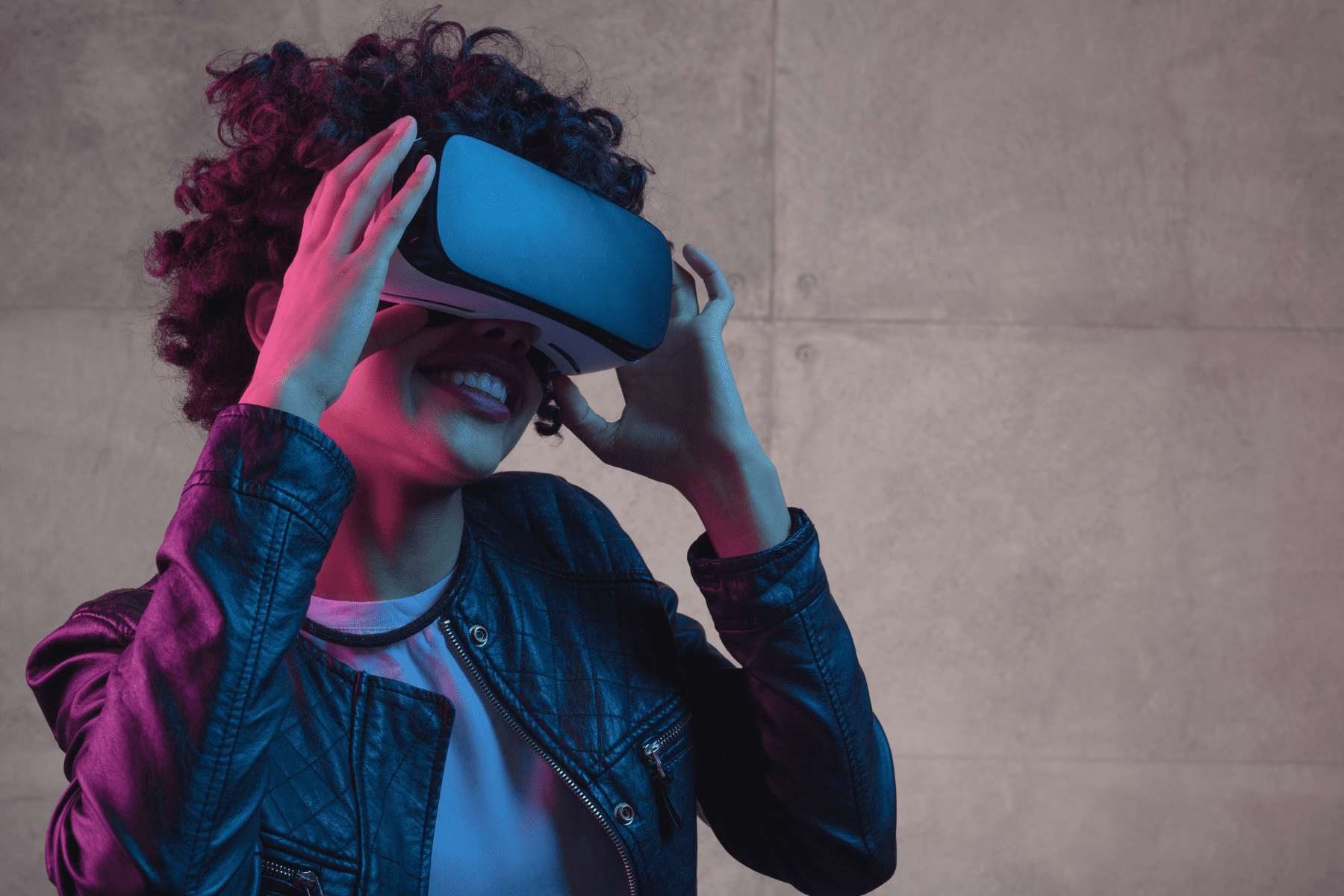What is VR learning?
Virtual reality is an artificial environment that the user is submerged into when wearing a headset. This means that learners can put theory into practice immediately if they are learning new skills, or else practice emergency procedures in a simulated environment without the risk of a real emergency. They can even leave the work environment completely for a break by entering a simulated and relaxing environment.
For visual learners in particular, this technological progression is incredibly helpful, where lectures or webinars have been boring and unengaging, VR gives the opportunity to learn in practice and retain the information easier.
What is VR learning for?
The first thing that comes to many people’s minds when you mention VR is practical training because, after all, it is a way of putting a learner into a real time situation where they can simulate doing practical tasks. And certainly VR training can be used to simulate emergency situations for Health and Safety training, or else teach and practice technical skills once delegates have learnt theory. However, it does go further..
Virtual Reality learning can also simulate environments to teach soft skills, for example, an audience awaiting a presentation that the user must give or a customer service scenario to help learn communication skills. It doesn’t even have to stop at training, John Fecci of VR Learning Studio explained how they have developed a mindfulness programme with Channel4 to allow employees to escape their desk quickly and easily by entering an entirely different world using a VR headset.
Can VR be tailored?
The short answer is yes. The software used in VR training can track your engagements and actions during the programme. In my conversation with VR Learning Studio, John explains to me how they can measure how well the user is completing the tasks or tackling the situation and can use this information to gage how effective the training is or to see if users need more support. The content is then easy to amend where necessary with a software update if the statistics show there are areas that need improvement.
Is it all a great as it sounds?
There is no doubt that VR is changing the way we learn and work by allowing so many experiences and scenarios to be simulated in the workplace. However, VR is subject to the same criticism that elearning faced in its infancy – arguably some of the best learning happens in the classroom, when discussion and debate begins. So for all it’s advantages, is VR just another form of lonely learning and another piece of technology minimising our direct human interaction?
I discussed an example of how to overcome this with VR Learning Studio, they ensure that their VR training is delivered with allocated time afterwards for users to discuss and compare their experiences. This means they don’t lose out on the valuable, personal element and the opportunity to allow delegates to learn from each other.
John also stresses that the introduction of VR in education is not intended to take over, but to complement, current learning methods. Often the theory still needs to be delivered beforehand, either online or face to face, so the VR aspect is an immersive experience which enhances the existing teaching, rather than replacing it completely.






